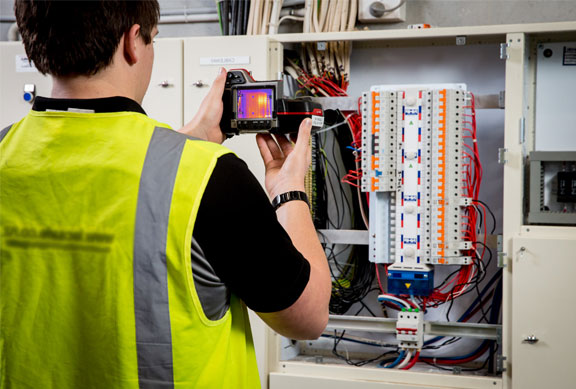In some way, the customer unit has become one of the most controlling tools in the house, factory, or building; however, if you ask the bulk of individuals in a structure and even in their home, so few appear to understand where it is and even just how to switch over a breaker back on.
The problem is that there appears to be a passion for placing it out of sight and out of mind. If you get on vacation or remain with good friends, it is shocking how typically there is an issue in your life. However, if there is an issue and the power goes off or the lights go off, the difficulties begin.
If you enter into various public structures, it is typically in a passage or a tiny cupboard some 2.4 meters off the ground. There is no notice to inform you where it is and also you could not read it anyway if the lights go off. There is the apparent worry that it is out of the reach of kids; however, it is skeptical that it should run out of the reach of grownups unless they stabilize on a chair or get a set of steps, and where would certainly you get those?
If this seems flippant, below is an example. A normal collection of apartments or condos was built some 5 years ago with the consumer systems fitted in what the electrical expert needs to have appeared the apparent location a small room that contained the main home heating boiler and big warm water storage tank. So they put the consumer unit on the wall on the opposite side of the warm water container at a height of 1.8 meters off the flooring. The apartment or condos are primarily populated by senior people consisting of numerous single women, and the house has several recessed lights which generally throw the RCD when they fail. If you want to RCD testing, you should visit with us.
So regularly, the owner has to locate a torch, obtain a collection of steps, reach throughout the 1.2-meter high tank, try and raise the front opening, and change the circuit breaker back on. The operation is challenging as well as in some cases, difficult.
There are neighbors to help in this situation, but that is commonly not the case. A neighborhood Church has the customer system in a passage almost 3 meters off the ground that calls for actions to get to, and also, few of the routine customers understand where it is or what to do if needed.
There is a balance to be made between getting rid of the capability of children or vandals to play with them and the general consumer’s requirements to discover them and be able to reach them safely and swiftly.



